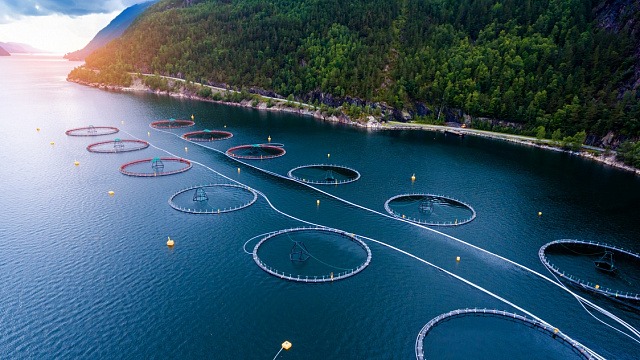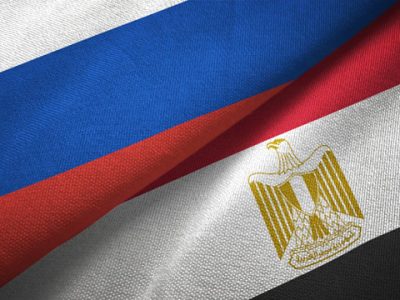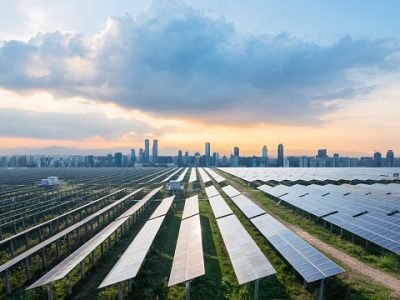Saudi Arabia began developing aquaculture more than 40 years ago, which led to the establishment of the National Fisheries Centre. The launch of the National Livestock and Fisheries Development Programme has allowed Saudi Arabia to accumulate valuable resources and create a solid foundation for future initiatives. Aquaculture not only contributes to economic growth in coastal and rural areas but also helps to conserve biodiversity and protect the environment. This is reported by Arab News.
The Saudi government has recorded an increase in aquaculture production from 32,000 metric tonnes in 2016 to 120,000 metric tonnes in 2022. The sector is also closely linked to other industries such as agriculture, medicine, pharmaceuticals, and cosmetics and contributes to the development of related areas, including seafood processing and feed production.
According to the source, the Kingdom has introduced a variety of aquatic species adapted to different climatic conditions. Inland waters have been filled with Nile tilapia, carp, and ornamental fish, while marine ecosystems are developing species such as barramundi and sea tilapia. Aquaculture exports include shrimp and various fish species, and 59,844 tonnes of fish and shrimp worth about US$293 million are exported each year.
Photo: iStock




 Subscribe Us
Subscribe Us

















